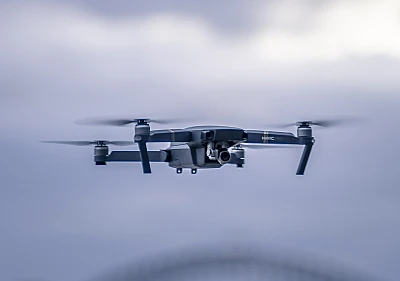The development of smart devices (IoT) and, consequently, M2M communications, brings many players a vast set of opportunities, which must go in tandem with appropriate regulatory and contractual safeguards.
The technology surrounding electronic communications is developing rapidly, enabling the creation, maturing and constant progress of the services associated with them, which already far exceed traditional communications based on the transmission of voice, text and internet signals. Here, machine-to-machine (M2M) communication and, as an inherent technology, the Internet of Things (IoT) are gaining ground. Both are rapidly growing, revolutionising the way devices communicate with each other and how they consequently serve us all. The expansion of these new technologies has attracted into the highly regulated electronic communications market several players that traditionally have no place there (such as equipment manufacturers who want to position themselves in this technological segment).
(a) M2M communications
- What are these?
In their legal definition, M2M communications refer to the transmission of signal between two or more machines, with little or no human intervention. This electronic communications service has been available for several decades, but given the advances it offers for the digitalisation of equipment and applications, it has become more and more relevant in today's world, as it allows the automation of several processes. As an example, in a smart home, devices such as thermostats, lighting systems and security cameras can communicate with each other to optimise energy use and increase security, or even to send signals to other devices outside the house (e.g. gates). Moreover, in manufacturing environments, M2M communications can help monitor and control several machines simultaneously, ensuring that they work together in the industrial process and leading to greater efficiency and reduced downtime, while at the same time collecting a set of very relevant data on the use of such equipment, which can contribute to improving industrial processes.
- What are the benefits and how are they applied?
One of the most significant benefits of M2M communications is its ability to enable real-time signal transmission, which is particularly useful, for example, in fleet management, predictive systems for fault detection, traffic and mobility applications for smart cars, or for tracking goods and people, where it is essential to monitor in real time the location and status of vehicles and equipment. M2M communications, however, rely on other underlying technologies for communication, such as Wi-Fi or Bluetooth. Each of these technologies has its strengths and weaknesses, and the decision must take into account the particular context of use.
(b) IoT technology
- What is it?
IoT technology allows the establishment of networks of devices embedded with software and connectivity, receiving and emitting signal through an IP address ( thus always resorting to the Internet). IoT technology has revolutionised the way we live and work, providing us with smart solutions to everyday problems.
- What are the benefits and how are they applied?
IoT technology is also transforming various industries, from healthcare to manufacturing. In healthcare, IoT devices can monitor patients' health remotely, helping doctors diagnose and treat ailments more efficiently. In industry, IoT devices are used to monitor machines, predict maintenance issues and improve productivity. As a result of this, players in the health sector, for example, who traditionally did not have to comply with legislation applicable to the electronic communications sector, may now be required to comply with a series of provisions, or at least ensure that contracts concluded with their providers for this type of service include all the necessary regulatory references.
(a) Regulation and its challenges
While M2M communications and IoT technology have the potential to improve our lives in many ways, they also present new challenges. A major concern is the regulatory framework associated with the provision of these services, such as the need to obtain a general permission from the competent authority, as well as compliance with the various rules applicable in the relationship with end users.
There are also security concerns, as interconnected devices can be vulnerable to cyber-attacks. As such, it is important to implement robust technical measures to protect users' privacy and ensure trust in equipment, choosing, in the case of IoT technologies, the right communication protocols, bearing in mind the purpose for which it is intended (as an example, public IPs are typically avoided in this type of technology, given their greater vulnerability to attacks). Here, certification mechanisms or the implementation of standards play a crucial role to convey the necessary trust in the relationship with other professionals or consumers.
Finally, but extremely relevant, in particular for all players not traditionally active in the electronic communications market, is the necessity to ensure that partners who could eventually be resorted to, comply with all relevant requirements in the above identified areas. To this end, the correct and comprehensive design of the contractual relationship assumes a central position for the successful exploitation of this new market segment.
In brief, the expected dissemination of interconnected and intelligent equipment and, consequently, the potential for the development of more M2M electronic communication services, represent a vast and inevitable opportunity for any market that wants to go digital, although regulatory and contractual care is also required to prevent unnecessary risks.
#Tech_Hub_VdA | Tech Hub by VdA - A Global Digital Impact
